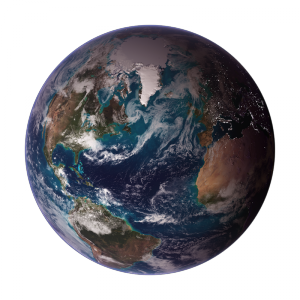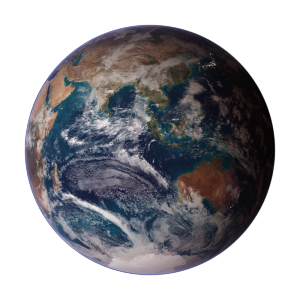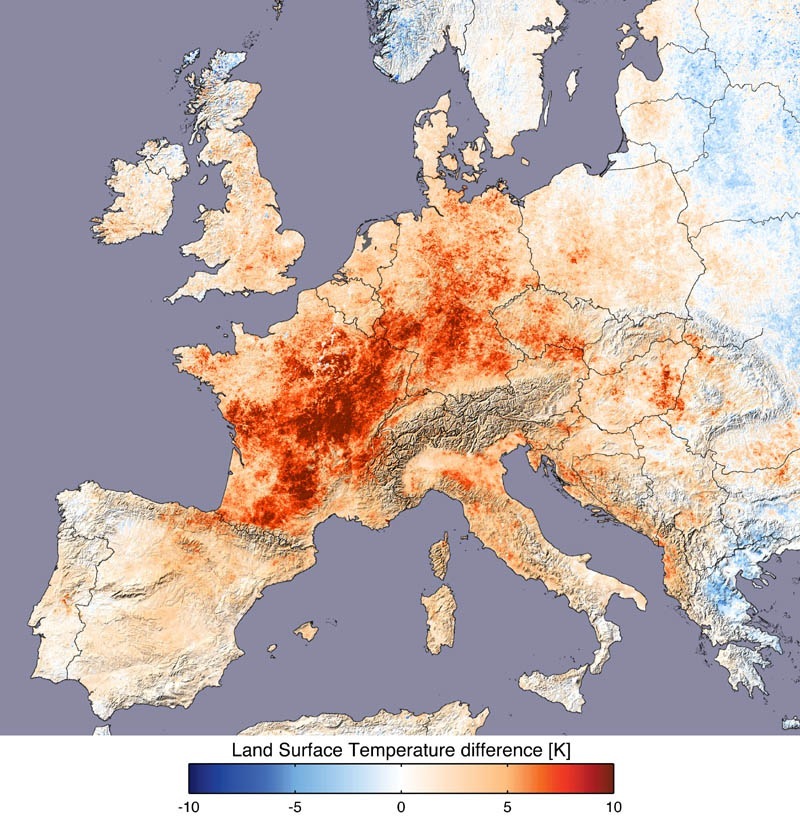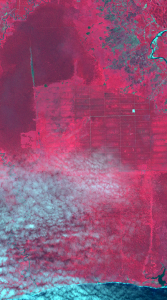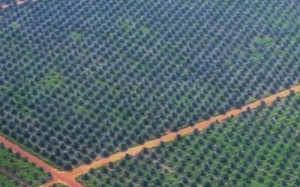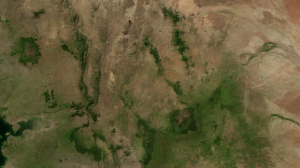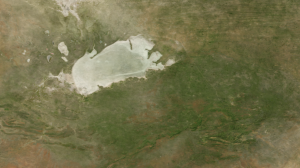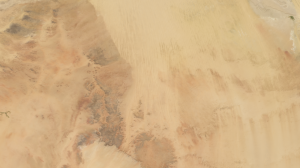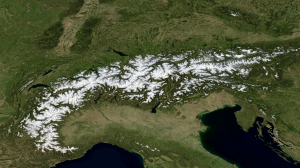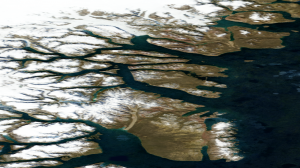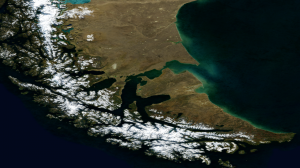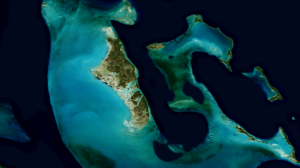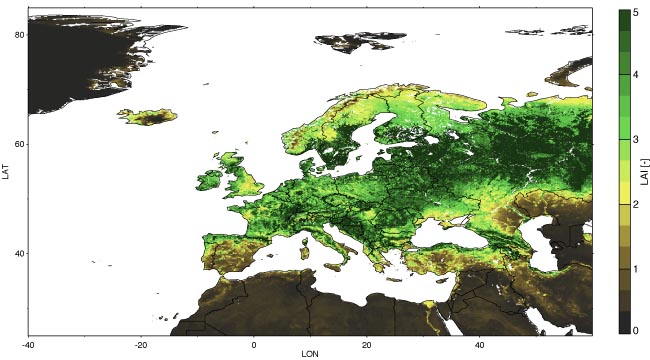Modeling and observations of seasonal land-surface heat and water exchanges at local and catchment scales over Europe (Doctoral thesis ETH No. 15742)
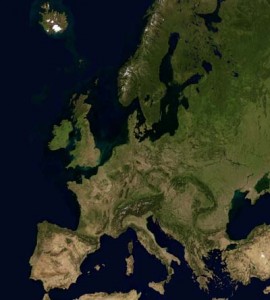 The land surface plays an important role in the global climate system, because it interacts dynamically with the atmosphere through manifold feedback mechanisms on a wide range of spatial and temporal scales. While on the one hand, weather and climate are known to influence vegetation phenology and its geographical distribution, soil and vegetation actively control land surface heat, water, momentum and carbon exchanges, thus influencing boundary layer development and convection. Evapotranspiration and runoff, in particular, which are balanced by precipitation, constitute the land portion of the water cycle, which is known to be a main contributor to climate variability. Knowledge about these processes and the ability to realistically model them is therefore of central importance in climate research. Simulated climate (and variability) are indeed sensitive to land surface parameterizations. There is, however, a gap between the local scale, at which land surface models and parameters are usually developed and evaluated, and the larger scales at which they are applied. This scale-gap needs to be bridged so that the high spatial and temporal dynamics of the land surface water cycle becomes part of modeled climate.
The land surface plays an important role in the global climate system, because it interacts dynamically with the atmosphere through manifold feedback mechanisms on a wide range of spatial and temporal scales. While on the one hand, weather and climate are known to influence vegetation phenology and its geographical distribution, soil and vegetation actively control land surface heat, water, momentum and carbon exchanges, thus influencing boundary layer development and convection. Evapotranspiration and runoff, in particular, which are balanced by precipitation, constitute the land portion of the water cycle, which is known to be a main contributor to climate variability. Knowledge about these processes and the ability to realistically model them is therefore of central importance in climate research. Simulated climate (and variability) are indeed sensitive to land surface parameterizations. There is, however, a gap between the local scale, at which land surface models and parameters are usually developed and evaluated, and the larger scales at which they are applied. This scale-gap needs to be bridged so that the high spatial and temporal dynamics of the land surface water cycle becomes part of modeled climate.
In order to help narrow the uncertainties in the modeling of seasonal-scale land-surface heat and water exchanges, local and catchment scale modeling experiments are performed in this study. Concurrently, different parameterizations are tested regarding their applicability in climate modeling, by exercising them on a wide range of climatic environments. All considered model formulations are embedded in a framework which includes ground and satellite remote sensing measurements, serving as an integration 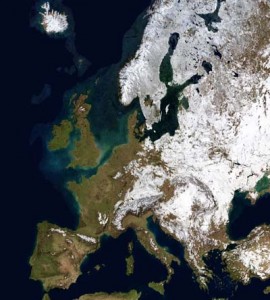 tool for the assessment of land surface processes. Satellite remote sensing is initially used to monitor vegetation state variables over Europe with a high temporal resolution, so that vegetation dynamics in land surface models can be prescribed with observed quantities. In a second stage local-scale measurements from FLUXNET are used for a process-based analysis of model results. Land surface models are applied at local scale using un-tuned large-scale and satellite-derived parameter sets. It is shown that soil storage processes play an important role in the seasonal heat and water fluxes and that vegetation biochemistry is a key component controlling the seasonal land surface water cycle. Finally, the Rhone-AGG initiative provides hydrological measurements on the catchment-scale, allowing for the exploration of scaling issues in the simulated water cycle. Catchment-scale simulations including lateral water fluxes, show that soil moisture drives runoff on the monthly time-scale and is largely controlled by evapotranspiration. While evapotranspiration was not found to be overly sensitive to runoff processes, the use of subgrid-scale topography-driven runoff provides a good simulation of the timing and magnitude of runoff at the daily to seasonal scale.
tool for the assessment of land surface processes. Satellite remote sensing is initially used to monitor vegetation state variables over Europe with a high temporal resolution, so that vegetation dynamics in land surface models can be prescribed with observed quantities. In a second stage local-scale measurements from FLUXNET are used for a process-based analysis of model results. Land surface models are applied at local scale using un-tuned large-scale and satellite-derived parameter sets. It is shown that soil storage processes play an important role in the seasonal heat and water fluxes and that vegetation biochemistry is a key component controlling the seasonal land surface water cycle. Finally, the Rhone-AGG initiative provides hydrological measurements on the catchment-scale, allowing for the exploration of scaling issues in the simulated water cycle. Catchment-scale simulations including lateral water fluxes, show that soil moisture drives runoff on the monthly time-scale and is largely controlled by evapotranspiration. While evapotranspiration was not found to be overly sensitive to runoff processes, the use of subgrid-scale topography-driven runoff provides a good simulation of the timing and magnitude of runoff at the daily to seasonal scale.
In summary, this study shows how satellite remote sensing, observations of boundary layer fluxes and ecosystem measurements can assist in developing models of the land surface water cycle which bridge the scale gaps between the processes involved; above-ground biophysics, relevant aspects of biochemistry and soil hydrology should be equally well represented in climate modeling applications.
Cover pictures: True color visualization of the cloud-free European land surface (August and February 2003): NASA’s Blue Marble Next Generation dataset, showing the seasonal changes in land surface reflectance, was derived from MODIS (MODerate resolution Imaging Spectroradiometer) MOD09A1 data by Reto Stöckli, NASA Earth Observatory.
The PDF of my PhD thesis is available here.



